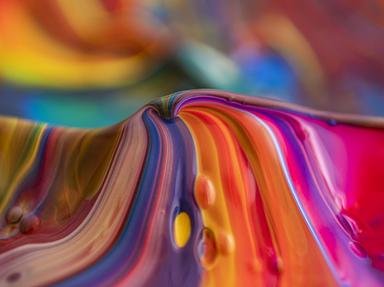Quiz Answer Key and Fun Facts
1. Possibly the first known work by Giotto is an article in the sacristy of Santa Maria Novella in Florence which he is generally believed to have painted. What is it?
2. Although the frescoes in this church have long been attributed to Giotto, the tradition that he painted them has long been the subject of intense debate, which continues today.
3. Giotto's frescoes in the Cappella degli Scrovegni in Padua (also known as the Arena Chapel) detail events in the lives of Christ and the Virgin Mary. The first six of these frescoes are concerned with details in the lives of these two saints.
4. The panels depicting the Crucifixion and the Deposition from the Cross in the Arena chapel are among the most affecting artistic treatments of these oft-depicted scenes. Giving additional poignancy to these scenes is the manner in which the grief of the human figures is reflected in which of the following?
5. Along the lower walls in the Cappella degli Scrovegni are a series of fourteen frescoes done in grisaille, seven on each wall. What do these frescoes depict?
6. What is the subject of the large fresco on the rear wall in the Arena Chapel?
7. One of Giotto's greatest works is the "Ognissanti Madonna" (c. 1305-1310), which resides in the Uffizi Gallery in Florence. What is the position of the Madonna in this painting?
8. Which of these works, which had been considered lost for over a century, was rediscovered in the church of Santa Croce during World War II?
9. There are numerous works by Giotto that are regrettably and irretrievably lost to the world. Among these are a series of frescoes at Castelnuovo in Naples and at the palace of the despot of Milan, essentially depicting the same subjects. What was unique about these frescoes?
10. One of Giotto's last known paintings is a Madonna and Child painted between 1320-1330. There are several differences between this painting and the celebrated "Ognissanti Madonna"; which of these is NOT one of them?
Source: Author
jouen58
This quiz was reviewed by FunTrivia editor
agony before going online.
Any errors found in FunTrivia content are routinely corrected through our feedback system.
